S960 steel is a high-strength structural steel that is commonly used in various industries due to its excellent mechanical properties and weldability. Laser welding is a popular method for joining S960 steel components, as it offers numerous advantages over traditional welding techniques.we will explore the process of laser welding S960 steel, its benefits, and the considerations to keep in mind.
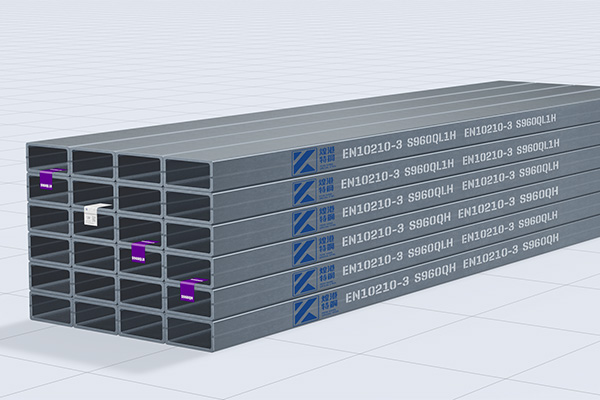
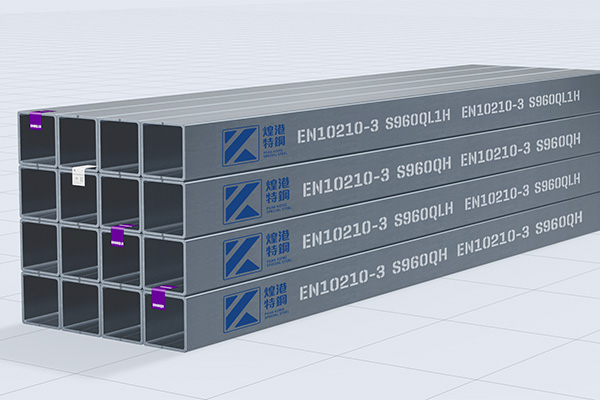
S960 steel is a structural steel grade that belongs to the EN 10025-6 standard. It is characterized by its high yield strength, reaching up to 960 MPa. This steel grade is commonly used in the construction of heavy-duty machinery, bridges, and buildings where high strength and durability are required.
Laser welding is a precise and efficient welding technique that utilizes a high-energy laser beam to melt and fuse the materials being joined. When it comes to welding S960 steel, laser welding offers several advantages:
- 1. High Weld Quality: Laser welding produces high-quality welds with minimal distortion and excellent mechanical properties. The process allows for precise control over the heat input, resulting in strong and reliable welds.
- 2. Deep Penetration: The focused laser beam can achieve deep penetration into the S960 steel, ensuring a strong bond between the welded components. PEAKKONG Special Steel automated laser welding equipment directly penetrates 20mm, with a maximum thickness of 60mm (beveling required).
- 3. Minimal Heat Affected Zone (HAZ): Laser welding generates a narrow and localized heat-affected zone, minimizing the risk of material distortion and preserving the base material’s properties. This is crucial for maintaining the structural integrity of S960 steel components.
- 4. Versatility: Laser welding can be performed in various welding positions, making it suitable for a wide range of applications. It can be used for butt joints, fillet welds, and even welding dissimilar materials.
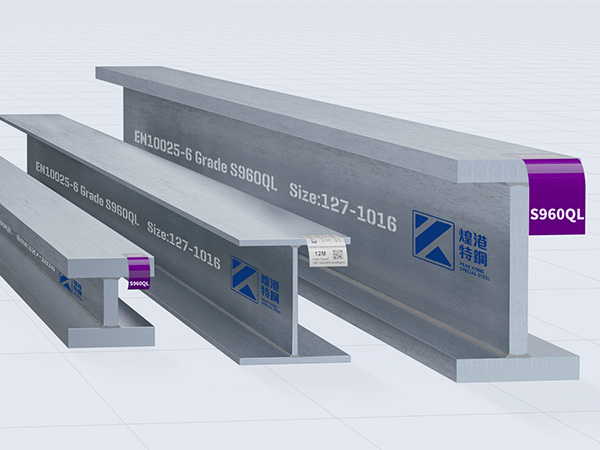
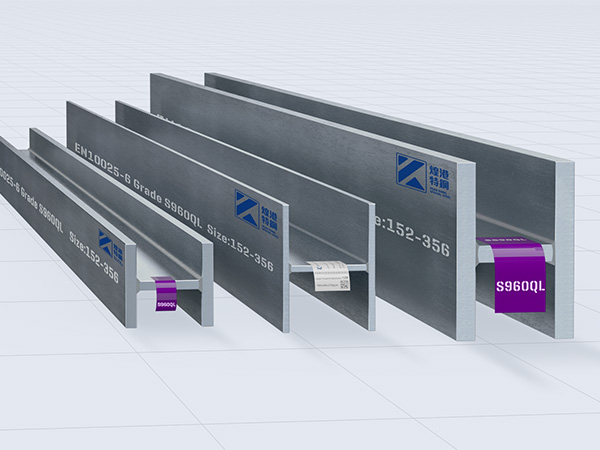
While laser welding offers numerous advantages, there are certain considerations to keep in mind when welding S960 steel:
- 1. Pre-Weld Preparation: Proper surface preparation is essential for achieving high-quality welds. The S960 steel surfaces should be clean and free from contaminants, such as rust, oil, or paint. Additionally, precise fit-up and joint preparation are crucial for optimal weld penetration.
- 2. Welding Parameters: Laser welding parameters, including laser power, welding speed, and focal position, should be carefully selected to ensure optimal weld quality. These parameters may vary depending on the thickness of the S960 steel and the desired weld characteristics.
- 3. Shielding Gas: The use of shielding gas during laser welding helps protect the molten weld pool from atmospheric contamination. In the case of S960 steel, a mixture of argon and helium is commonly used as a shielding gas to prevent oxidation and ensure a clean weld.
- 4. Post-Weld Heat Treatment: Depending on the application and desired properties, post-weld heat treatment may be required for S960 steel welds. This process helps relieve residual stresses and improve the weld’s toughness and ductility.
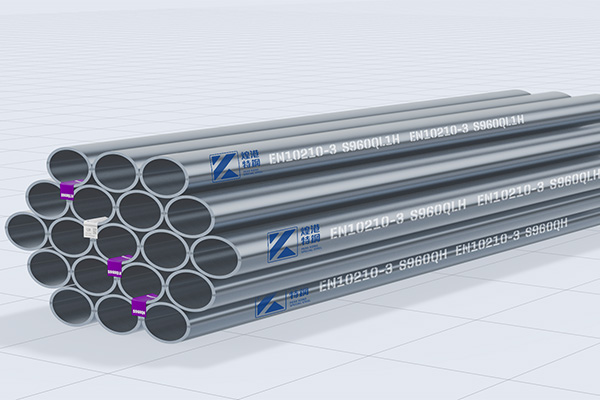
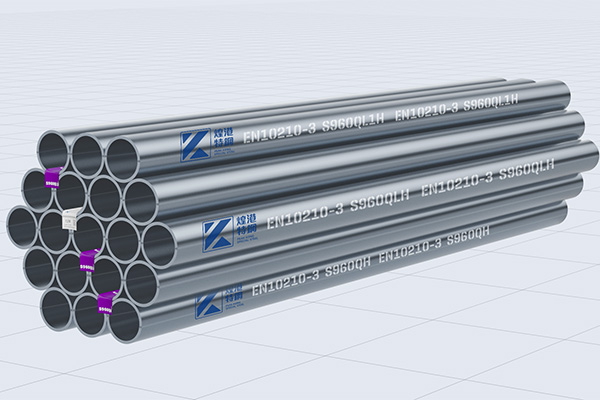
- Previous:S960Q/S960QL/S960QL Steel Welding
- Next:S690 Steel Laser Welding
-
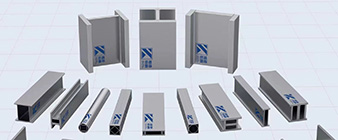 2024-9-20 What are the advantages of S690 steel in construction engineering compared with conventional steel?
2024-9-20 What are the advantages of S690 steel in construction engineering compared with conventional steel? -
 2024-9-16 Introduction to the advantages of EN standard 1.4401 stainless steel
2024-9-16 Introduction to the advantages of EN standard 1.4401 stainless steel -
 2024-9-21 S690Q/S690QL/S690QL1 in Hong Kong construction engineering of Advantages
2024-9-21 S690Q/S690QL/S690QL1 in Hong Kong construction engineering of Advantages -
 2024-9-20 Applications of Ti Gr 1 / 3.7025 hollow structural profiles
2024-9-20 Applications of Ti Gr 1 / 3.7025 hollow structural profiles -
 2024-9-20 Applications of Ti Gr 1 / 3.7025 structural profiles in energy
2024-9-20 Applications of Ti Gr 1 / 3.7025 structural profiles in energy -
 2024-9-16 Innovative applications of duplex and super duplex stainless steel structural sections:
2024-9-16 Innovative applications of duplex and super duplex stainless steel structural sections: -
 2024-9-14 304 vs 1.4301 stainless steel structure innovative applications
2024-9-14 304 vs 1.4301 stainless steel structure innovative applications



